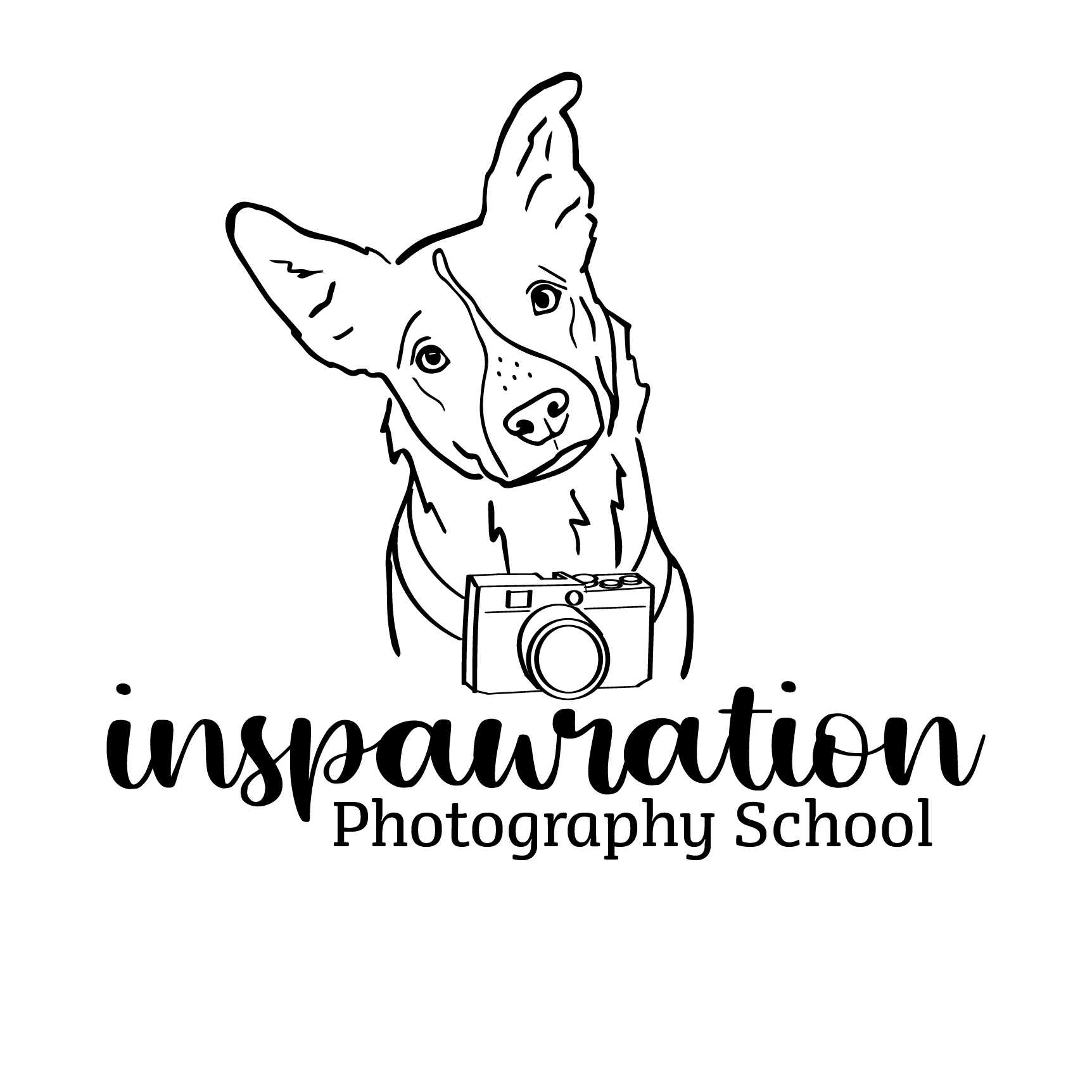Table of Contents
Style. What is style? What is your style? Or maybe, like many people seeking answers and ways to improve their photography, wanting to find, define, and have a style is exactly why you’re here.
Occasionally when talking to photographers, or seeing comments in groups, it feels like a style is a mythical beast. A unicorn, who, if you stalk it long enough, can eventually be caught, and bam! You have a style!
I’m sorry to say that I’m not sure it works like that. I do think that a sudden rush of education (such as from a lesson or workshop at the beginning of your photography journey) CAN set you on the path to defining your style, but I also believe that style is a slow process, brought about by hours and hours and hours of working and creating, practising, experimenting, refining. But let’s see if we can break down the idea of what style means, and start to become critical of the elements that make up a photo – essentially, breaking down “style” into its pieces.
What Is Style?
The common perceptions of style seem to be:
- It is a consistent way of editing, so that people would recognise an artist’s work before they saw the artist’s name
- It is a “feeling”, eg., dark and moody, or light and airy
- It is how colours are used – eg., strong and rich, or desaturated
- using the same lighting (eg., backlight)
How to Find Your Style
I believe that every artist who has a “style” has done through probably accidentally, and also probably because they:
- have discovered what they find aesthetically appealing
- have a rationale behind many of the aesthetic choices they make
Most elements of “building a photo” (because I view it in many ways as something like a construction built out of lego – all the pieces brought together to create the finished product, and while it would be fine with a block or two or three missing, it will fall apart if too many are the wrong size or shape, or aren’t where they need to be, or aren’t working how they’re supposed to) will fall into one of these two categories. You, as an artist, will make choices about your photos based on whether you like the effect, and/or whether you can justify your choices in a logical way.
This is, of course, a little tricky. A novice photographer who turns the saturation up to +30 can say they find it aesthetically pleasing when the colours are very strong and rich and bright and vibrant, but this doesn’t necessarily make a good photo.
Which leads to the question, of what MAKES a good photo? What is our goal as pet photographers?
Breaking Down Your Style
Let’s begin thinking about YOUR style.
Don’t worry if you aren’t sure what it is yet. And don’t worry if you don’t know what it is by the end of the course! In fact, don’t think too hard about it, unless you really want to. But if you’re interested, and wan to delve deeper into it, let’s start to unravel it a bit.
So now we know that style comes from:
- aesthetic decisions
- decisions made with a rationale/explanation
- a combination of elements that support the two above points
Have a look at the photos you love most. The ones you’re most proud of.
What elements from the list above do you notice? What aesthetic decisions did you make – consciously or unconsciously? Why did you make those decisions? Are there certain elements or things you DON’T do? (For example, in my photos I can tell you immediately that I don’t take photos in full sunlight, I don’t tend to do sitting poses very often, and I don’t usually do candids.)
You might not be ready to answer those questions yet, and that’s ok! If you’re learning, working, practising and creating, before you know it, you’ll have your style, without even realising you’d found it.
But, if you’re interested, here’s how I would describe my style, to really break down all the above elements and lay it all out in black and white.
My Style:
Primarily portraiture, with the occasional action or landscape photo thrown in. Always in nature, using natural elements to add visual interest to the scene, particularly moss, ferns, logs, heather. Dogs are usually positioned in amongst or near some element of visual interest as this “anchors” them in the scene and gives context. Backlight, or “deep forest green” colour tones, with occasional splashes of seasonal colour (winter twilight on snow, purple spring flowers, pink heather), always soft flattering light which has usually been manipulated in editing to further draw the eye to the subject. Rich, deep colours, not over-saturated or overwhelming, contrast in the dog, and while there is plenty of darkness to the edges of the image, there is never detail lost in the blacks – not such strong contrast in the background. Bokeh and background elements are softened by the lens, but rarely softened further in editing. Eyes bright but not overdone. Standing poses especially, with a curve to the body. Lying down poses occasionally, also with a curve. Very often “story-telling” photos with the dog looking to the side (also to give the curve and opportunities to shape the light), close up head & shoulder shorts, and lying down on logs/rocks photos. Occasionally tricks or “novelty” shots playing with found objects or locations (snail, scarf, log, bunch of flowers, etc). Expressions are usually moody and intense, rather than goofy. Colour tones are oranges, browns and greens, usually either monotone (all oranges) or contrasting colours (orange and red), with the exception of more seasonal colours. Post-processing on the dog’s face to dodge and burn, and brighten and enhance eyes to a degree.
So now it’s your turn. Write down your style, as much as you can. If you don’t know what poses, expressions and so on that you use, or why you use them, that’s ok! Leave it out! Write down anything you have a sense of knowing why you make those choices (aesthetics or with a rationale).
And when you finish this course, go back, read it again, see if you still agree, see if there are things you want to add or change with your new-found knowledge!

